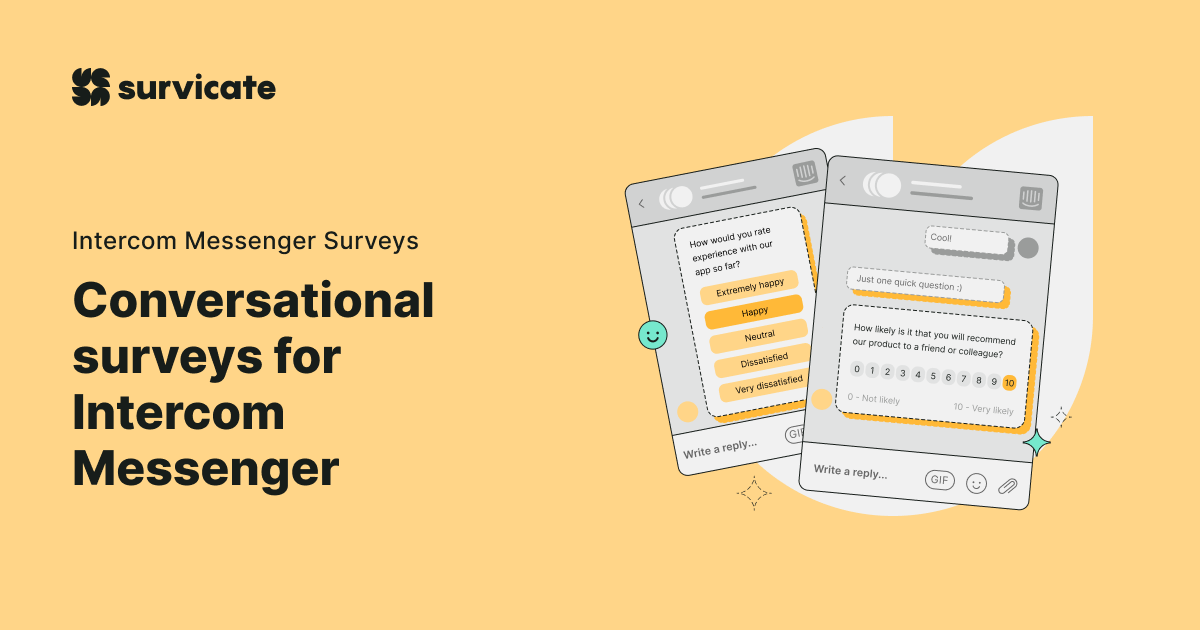When to implement surveys in your usability tests?
We recommend pairing the survey with either moderated or unmoderated usability tests - presenting the survey to users after they have been through an entire testing session.
If you don't have the resources to arrange proper usability testing, tweak the survey template to your needs and trigger it as a standalone research method at a user touchpoint of choice. By running the survey before and after every iteration, you can measure the effectiveness of the improvements.
How to use Survicate's survey templates?
Using all Survicate's survey templates is ultra easy:
1. Click the button above the page (next to the template's preview) and sign up with your business email. By doing so, you're signing up for a Flexible account. You can use our tool for free until you collect 100 responses.
2. Edit and customize the usability testing survey template to your needs.
If necessary, tweak the tone of the questions or add comments. You can also enable comments for users and encourage them to leave qualitative feedback.
Change the survey colors or background image to enhance your branding.
PRO TIP:
Do not change the order of the questions! Otherwise, you won't be able to calculate the usability score.
3. Connect the survey to 3rd party tools.
These could be Slack or Microsoft Teams if you want the notifications of the responses to flow directly into your team's communication channels.
Or, connect Survicate with Mixpanel or Amplitude to measure how the improvements affect user engagement by combining user feedback with product engagement metrics.
4. Distribute* the survey - copy and paste the survey link Survicate generated for you.
* The template above is a ready-to-use survey you distribute as a link. Start from scratch if you want to trigger the survey on your website or mobile app. Create a new survey by selecting either a "website/in-product surveys" or a "mobile surveys" field in the tool.
5. Measure usability regularly and analyze the feedback against your KPIs to see how effective you are at building an intuitive, user-centric product.
Interested? Feel free to check out our usability testing survey template and play around the feedback collection tool!




.svg)



.webp)




.svg)
.svg)
.svg)

.svg)


.svg)






.svg)




.svg)

















.svg)






























.svg)

.svg)
.svg)



.svg)


















.svg)

.svg)

















-min.jpg)


